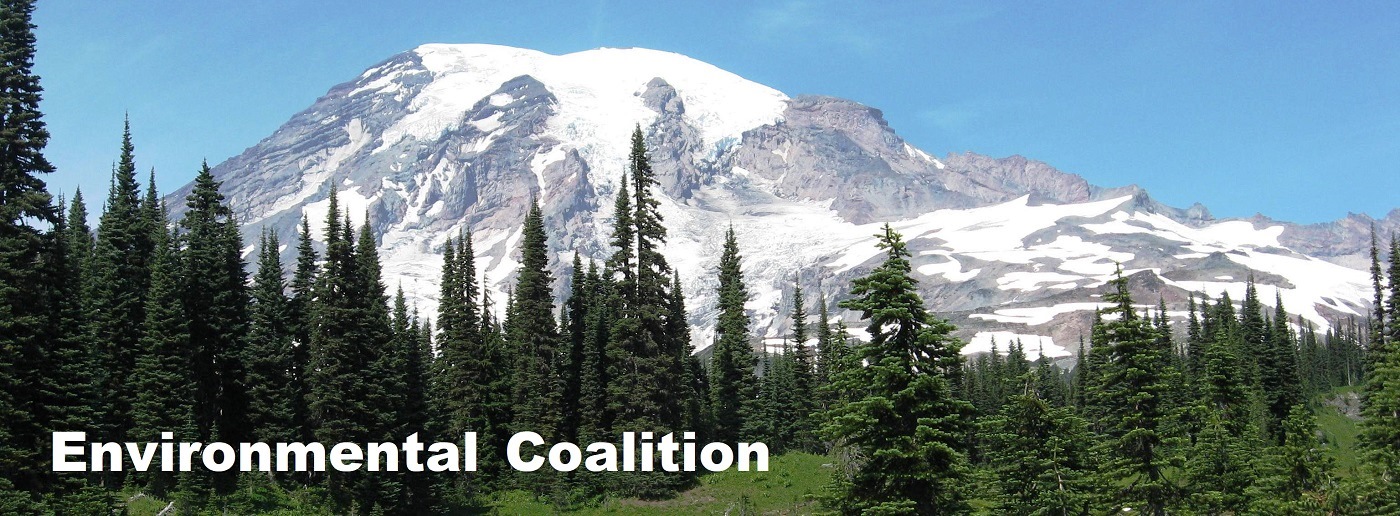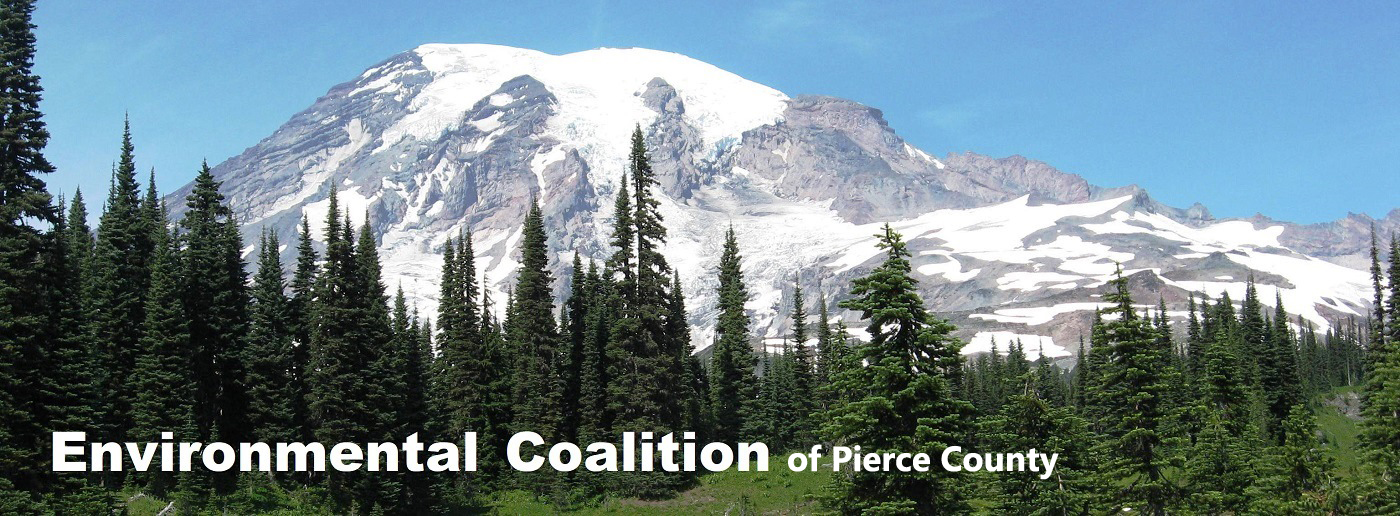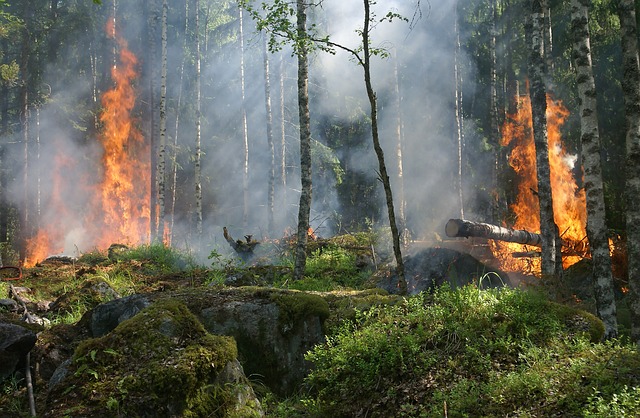Can Pierce County prevent smoky late summer skies?
The Smokehouse Creek fire, the largest on record in Texas, is still largely uncontrolled across the state’s Panhandle. So far, the fire has scorched more than a million acres, making it one of the most destructive in U.S. history.
More hot, dry summers are on their way as Climate change is likely making fire season start earlier and last longer. The number of days per year with hot and dry weather conditions are increasing. Our local creeks are running drier, and smoke from fires in Western Canada and Eastern Washington continues to affect our air quality.
In Canada, early wildfires are already burning in traditionally colder months. These fires have affected the Puget Sound in past summers when summer winds blow out of the Northeast and move smoke into our region.
Pierce County cannot prevent smoke from regional fires, but we can reduce the ability for our local forests to catch fire and threaten our homes, wildlands, and air quality. Droughts that came with climate change have played a leading role in causing Clover Creek to dry up. A lower water table creates a stressed forest, making it more combustible and susceptible to fire.
By reducing combustible materials in our public and private forests, the county can improve our air quality, and at the same time retain the health of our forests. We must ensure that our forests continue to sequester carbon for many years. Our forests provide many other benefits as well, including wildlife habitat, cooler ground temperatures, and soil moisture retention.
As you suspected, it is all connected.
The County’s Climate Change Policies already call for maintaining forestland and increasing tree canopy. These policies call for “Inventorying and classifying all County-owned forests and undeveloped natural lands to plan for long term use.”
This year we have an opportunity to add new policies and programs to our county’s Comprehensive Plan and Climate Resilience Plan. Now is the time to propose a forest program that increases spacing between trees and reduces combustible fuel in the understory. This would make local forests safer for homeowners and it would reduce the intensity of fires. The reduction of forest fuel loads and hazardous fuels treatments would be conducted by Public Works and County Parks.
Protect the canopy, reduce the fuel load.
Forest thinning is often involved in reducing fuel loads. The number of trees would be reduced to something approaching the historical level a century ago. This may be considered a controversial plan, but preserving the canopy of the trees is more important for sequestering carbon than the total number of trees due to increased fire risks. This emerging shift in local forest management is a prime example of how Climate Change has changed our priorities.
After thinning, standing trees can spread their branches in the upper canopy for more carbon sequestering. In this way, the loss of a few trees actually increases resiliency and overall forest function for sequestering carbon in the long term. In addition, selective logging and removal of combustible understory can offset forest management costs.
In designing such a program, rural fire departments could help with setting priorities for local forests that are near suburban and rural homes, schools and in forested rural zones near small towns like Eatonville and Wilkeson. We can accomplish environmental goals by working together–rural and urban folks in collaboration with our shared future at stake.


